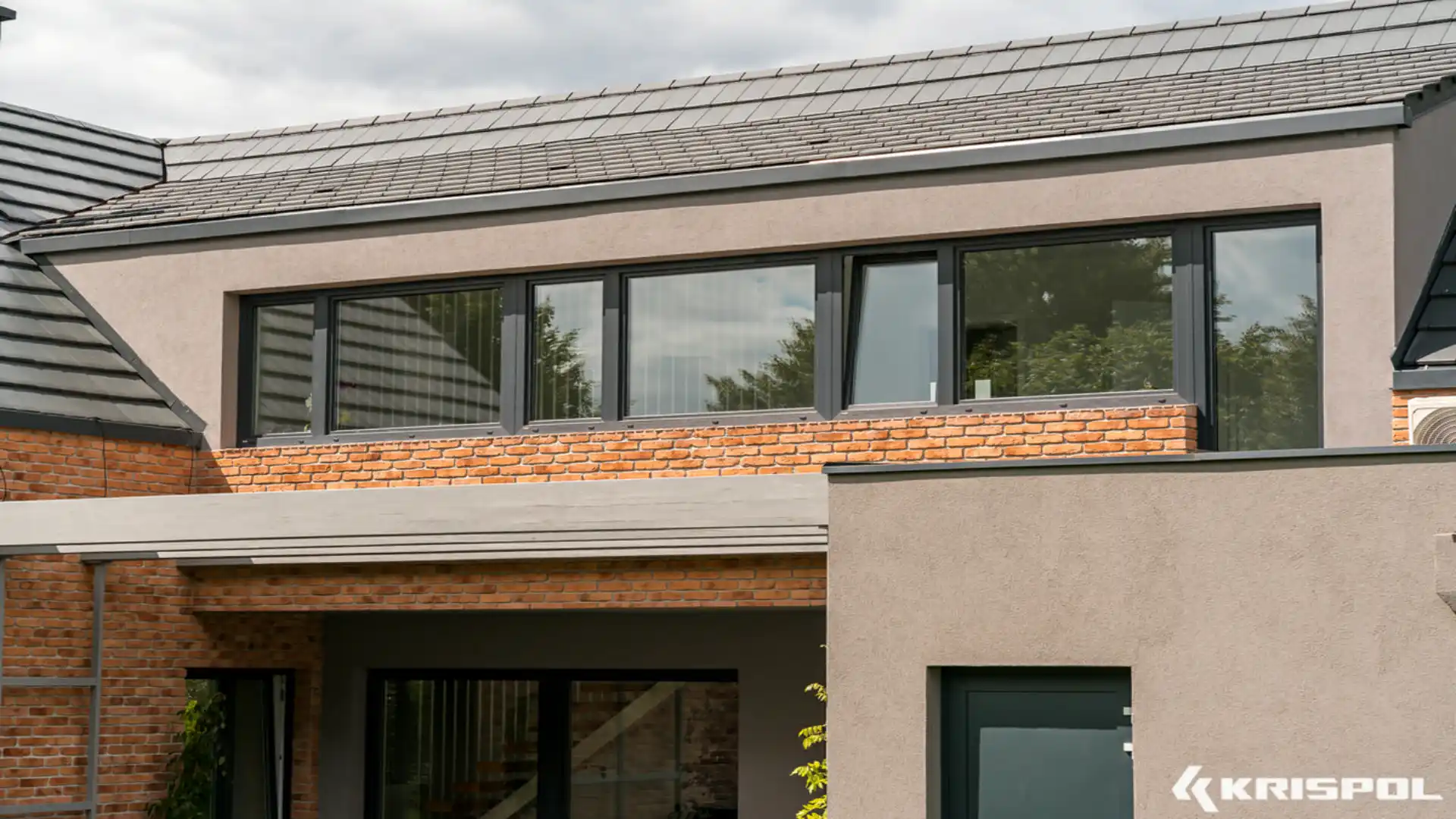
Choosing a window is not an easy task, especially if you want to buy a model that will be characterised by high energy efficiency, good acoustics or simply comfortable use. This task is not facilitated by a wide range of window offers available on the market and additionally by numerous parameters describing their individual properties. What should you pay attention to when buying windows and what criteria should you use when making a decision?
<< The Evolution of the Smart Building | Soundproofing doors and windows >> |
The window is the element of the house which first of all has to fulfil its usable functions. Properly mounted and properly fitted in terms of technical parameters can effectively prevent heat loss, significantly reducing heating bills. It is also a perfect barrier against noise, ensuring peace and quiet inside the house. For this to happen, however, it is necessary to choose models with the right parameters. Knowing a few of them is necessary in order not to make a mistake and to decide on a model that meets our needs and expectations.
“Energy efficiency” hidden under symbols
Protection against unnecessary heat losses is the feature we expect most from good windows. One of the key parameters associated with this is the Uw heat transfer coefficient. The lower the Uw value for the whole window, the less energy escapes through the window joinery.
Progressive climate change is resulting in pro-ecological actions aimed at reducing carbon dioxide in the atmosphere, minimising energy consumption, as well as increasing the production of renewable energy. The result of such actions is the introduction of changes to the “Regulation on technical conditions to be met by buildings and their location”. From January 2021, the Uw coefficient for windows has been tightened to 0.9 W/(m²-K) (in Poland).
Until the end of 2020, a maximum Uw factor of 1.1 W/(m²-K) was applicable for windows and doors. From January 2021 this will be lowered to 0.9 W/(m²-K).
Up to now, such a coefficient was mandatory for energy-efficient buildings. The new regulations apply to investors who will obtain a building permit for the construction of a new building in 2021 or who will carry out thermal modernisation of an existing building after 1 January 2021.
Who the new standards apply to
The requirement applies to windows installed in rooms where the temperature is 16°C and above. If, according to the design, the temperature is to be lower, then the Uw factor may be 1.4 W/(m²-K). In most detached houses, rooms with a temperature <16°C are mainly cellars, garages and attics.
The new regulations mean that the investor will be obliged to purchase so-called "warm windows".
To a large extent, the low value of this parameter is achieved, among other things, thanks to filling the spaces between the panes with noble gases, e.g. argon, which makes it possible to reduce heat penetration by as much as 10%. Another important thing that influences the energy efficiency of windows is the application of glazing packages with improved thermo-insulating parameters. And here comes another mysterious value which informs us whether the glazing used protects well against energy losses. The heat transfer coefficient for glazing Ug, as it is referred to here, is often misunderstood or given by some window sellers as a coefficient for the whole window. However, nothing could be further from the truth, this coefficient applies only to the pane, although it has a very large impact on the final Uw value of the entire window. If we are talking about a satisfactory Ug value for the glass it should be below 1.1 W/m²K.
There is also the Uf parameter which also tells us the amount of energy lost but only that which passes through the window frame. When choosing a window joinery you should take into account all the above mentioned parameters but remember that the most authoritative is the heat transfer coefficient Uw.
“Tight windows mean warm windows”
The parameters that prove the thermal insulation of windows are undoubtedly the key issue that should be taken into account when buying them. However, data concerning airtightness and resistance to wind and rain are no less important. At this point it is worth mentioning the air permeability index. It would be good to choose models that achieve class 4 according to the PN-EN 12207 standard. For example in the case of class 3, which is only one degree lower, the tightness of the window partition is three times worse. Another issue worth considering when purchasing is the watertightness class. The higher it is, the lower the risk of leakage even in the case of downpours with a strong wind. Windows classified according to PN-EN 12208 within class 5A or higher give us such a guarantee.
More and more often when choosing new windows we consider not only the issue of thermal insulation, but also such aspects as acoustic insulation. The level of protection against external noise is indicated by the Rw parameter, which is expressed in decibels. The higher this value, the more effective a window is as a barrier against noise. In this case, too, it is determined by several variables. The level of the Rw parameter is affected by, among others, the type and construction of the glazing units used, the size of the window, the type and number of gaskets, the possible use of ventilators or even proper assembly of the joinery in the window opening. Most windows available on the market are characterised by the Rw coefficient at the level of approx. 30-32 dB. All others where the Rw parameter is above this value, can be said to have a higher level of external noise suppression.
Considering the purchase of the window, we have to take into account many variables. The knowledge of basic technical parameters of windows will allow us to make the most informed choice and the decision will surely pay off in lower bills and high comfort for many years.
